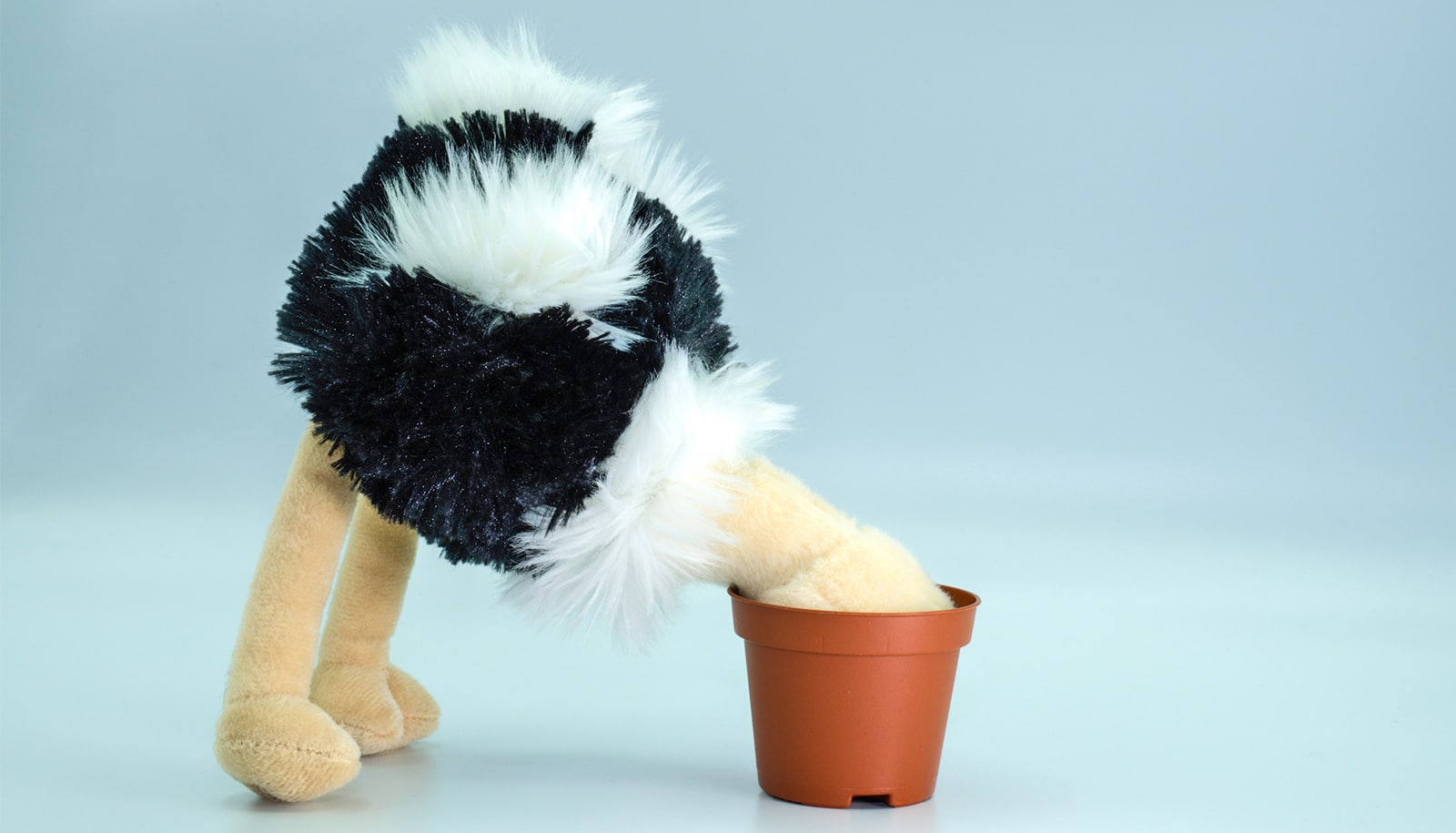Copyright Bloomberg

Green Destabilized Researchers are racing to study how fast permafrost is transitioning from carbon sink to source of emissions, with the climate in the balance. Share this article On a blustery day in August, a team of five scientists watched with perverse fascination as saltwater from the Arctic Ocean lapped over the tundra of Alaska’s Prudhoe Bay. They’d spent more than a year studying the phenomenon that’s increasingly common as land ice melts, but had never witnessed it firsthand. The thrill of catching the moment belied the planetary stakes of the scene. The Arctic tundra beneath the researchers’ feet — specifically, the frozen layer known as permafrost — is a crucial part of the Earth’s delicate climate balance. Over thousands of years, this permanently frozen band has locked away 1.4 trillion tons of carbon, roughly twice what’s currently in the atmosphere. Frozen, that carbon poses no threat. But after millennia of stability, global warming is raising the risk that the store turns into a source of emissions instead. A January study found that, taking into account the impact of bigger and more frequent wildfires, the Arctic sink has already turned into a driver of climate change. Now, experts are racing to figure out if rising saltwater will be yet another source of damage to the permafrost. The northern part of the planet is warming four times faster than the rest of the world, and any further changes to the landscape risk kicking off chain reactions that would put more carbon in the atmosphere. That would contribute to more intense heat waves, fiercer fires and dangerous storms around the world. Roads and buildings on and around the permafrost that were built to last for centuries are already being “dramatically” affected, according to Rick Thoman, a climate analyst at the International Arctic Research Center at the University of Alaska Fairbanks. “When somebody at the end of the 21st century in Alaska tallies up the cost of climate change, permafrost thaw will be the single most expensive thing because it is impacting stuff that is so expensive,” he said. The “most globally profound risk,” though, is the injection of more greenhouse gases into the atmosphere. Everything about the Prudhoe Bay oil fields is super-sized, from drill rigs that tower 165 feet (50 meters) over the tundra to the pipelines that snake to the horizon. But it’s what’s happening at a microscopic level that draws the researchers to this coastal area. The team uses a device that looks like an upside-down fishbowl and what are essentially giant metal straws to measure how much carbon dioxide and methane the tundra is exhaling, and gather groundwater and core samples that will be transported back to labs thousands of miles away. The overlapping experiments are essentially a Venn diagram of earth, water and sky, and the fate of the planet is in the middle. But the researchers are trying to hit a shifting target: The Arctic’s rapid warming is causing its ecosystems to change at an alarming rate, constantly altering the baseline for any experiment. “We are so far behind on understanding, just fundamentally, how it works,” says Jim McClelland, an aquatic ecosystems scientist who was part of the August expedition. “We struggle between ‘we need to know this basic thing’ and ‘this basic thing keeps moving on us.’” Prudhoe Bay is home to 200,000 acres of land dedicated to the extraction of fossil fuels. That includes a bustling oil field operated by Hilcorp Alaska, a privately held company owned by Houston billionaire Jeff Hildebrand that has faced criticism for its environmental record. Hilcorp grants the scientists access to the tundra and provides radios and occasional meals and medical support if needed. The team travels to their research sites on a company road, past flames of flared natural gas. They park their trucks on Hilcorp’s gravel oil pads before embarking on long days of research amid the dwindling Arctic sun. At night they sleep in a spartan facility that’s also home to overflow oil workers, and eat carb- and protein-heavy meals at adjoining tables. Though they work on land leased by Hilcorp, the researchers don’t share their results with the company before publishing any studies, and the company has never asked to see them, says Julia Guimond, lead principal investigator on the project, who works at the Woods Hole Oceanographic Institution. And while the irony of their surroundings isn’t lost on the team — every barrel of fossil fuel extracted from Prudhoe Bay contributes to global warming — their personal relationships in the camp are friendly. The workers often pepper them with granular questions about their experiments, but the conversation rarely strays to bigger issues like climate change and the existential risk posed by the world’s consumption of fossil fuels. Hilcorp didn’t respond to a request for comment. This kind of arrangement is unavoidable, though, in remote areas where infrastructure needed to access locations is often owned by mining or oil companies. Our atmosphere holds 890 billion tons of carbon, an increase of 5.2 billion tons a year in the last decade. That's just a small fraction of the carbon stored in the world's biggest sinks. Part 1 Permafrost 1,400 billion tons stored Part 2 Forests 360 billion tons stored Part 3 Oceans 39,000 billion tons stored This is the first story in a Bloomberg Green series exploring the fate of the world’s most important carbon sinks. Source: Global Carbon Budget 2024; forest carbon biomass estimated from GCB 24 by CTREES Current projections suggest the world will blow past international climate targets and well into the danger zone. But it’s still an open question just how much the planet will heat up and the extent of damage humans will face — and understanding what happens to the Arctic permafrost is vitally important to answer it. In the Arctic, each degree of warming will bring more saltwater over the tundra, stimulating a type of plant decomposition that releases carbon. Evidence of that inundation is everywhere in Prudhoe Bay, from stunted, sickly looking vegetation to the mix of fresh and salty water surrounding what are called ice-wedge polygons, a pattern created when tundra cracks and refreezes. There’s a well-characterized list of factors and potential feedback loops, but on-the-ground data is essential for understanding when those loops may kick off (or if they already have). For example, when the saltwater retreats from the tundra, it carries organic material out to sea, which can also affect how much carbon the ocean holds or releases. Climate models also largely fail to capture some of these interactions, according to Sue Natali, an Arctic ecologist at the Woodwell Center and an investigator on the saltwater intrusion project. At an October talk in Iceland, she warned that wildfires that smolder underground and strip the insulating layer of tundra, as well as “abrupt thaw” driven by landslides and sinkholes that belch huge amounts of carbon dioxide and methane, are not included in most models. “We're not fully doing our bookkeeping properly,” she said. More research on the tundra can help clean up the books. This crucial work has become an uphill battle under President Donald Trump. As the Arctic thaws, oil and gas companies are looking to expand operations and now have a crucial cheerleader in the White House. In October, the Interior Department announced it would lease land to the fossil fuel industry in the pristine Arctic National Wildlife Refuge. A few weeks after the scientists returned home from Prudhoe Bay, Trump told the United Nations General Assembly that climate change is a “con job” and “hoax.” The Trump administration has also fired scientists and cut funding for climate research. The project McClelland and his team are working on to study saltwater inundation is funded by a three-year grant from the US National Science Foundation, which has already cut billions in grants, including for a variety of STEM research. Those cuts have impacted the region: the Arctic Research Consortium of the United States shut down last month after nearly four decades serving as a hub for science at the top of the world. Trump’s attacks on science “will have a bigger effect going forward” on Arctic science, says John Holdren, co-chair of the Harvard Kennedy School's Arctic initiative and former President Barack Obama’s science advisor. Research that mentions climate or collaboration with Indigenous groups that Arctic scientists regularly work with could be on the chopping block, which would leave the world with a fuzzier view of changes in the Arctic. “How are we not crushed by it all?” McClelland ponders the question as he steers his mud-caked truck around craterous potholes one morning. So much work needs to be done in the Arctic and the funding threat adds to the urgency. “We can’t waste a moment.” And while they worry about the political landscape “like anyone else” they try to block most of it out, he says. But that can be hard, particularly for those at the start of their careers. Aside from McClelland, 56, every other member of the crew is under 35. “I’m not sure I’ll have a job a year from now because my position is temporary,” says Alina Spera, a postdoctoral researcher who was part of the Prudhoe Bay team. ‘’And then, in five years, are NSF grants going to be funded?” For the week the research team is in the Arctic, the weather alternates between rain and sun, and the only road to the site either puddles with mud or belches dust. The scientists move methodically across the fractured landscape, collecting samples to take back to Massachusetts for analysis. They visit white PVC tubes they sank into tundra the previous year to collect samples and the data from sensors that provide snapshots of what happened over the sunless Arctic winter. The work is painstaking but can't be rushed. Earlier this spring, they lost four days of research when flooding cut them off from their site. The combination of repetitive work and the need for deep focus makes it easy to forget your surroundings, which, in this environment, can be dangerous. Prolonged exposure to wet, windy, near-freezing conditions makes hypothermia a worry even in late summer, as well as frostbite, especially when they have to work gloveless. A polar bear wandered through their research site on a previous trip, forcing a hasty retreat to a boat that McClelland brings along primarily to serve as a bear escape vehicle. The experience stayed with Guimond: “I always get polar bear dreams” about a week before going into the field, she says. Each day ends with the team lugging coolers of samples and expensive equipment to their trucks. Jacqueline Hung, a 32-year-old terrestrial ecosystems scientist at the Woodwell Climate Research Center, takes the lead. Striding through thigh-deep water in hip-waders, she balances a bright yellow briefcase with $80,000 worth of equipment on her head, her five-months pregnant belly illuminated by the low Arctic sun. Hung’s work is focused on how the interplay of vegetation and the atmosphere affects the type and quantity of greenhouse gases being released — processes that are affected by the shifting chemistry of the soil and water beneath, and how much organic material is unlocked as the permafrost thaws. Changes in the Arctic “can really set things off in one direction or another,” Hung says. “It’s really important that we understand the magnitude of what’s happening now.” Scientists are also monitoring inland permafrost. That includes Ted Schuur at Northern Arizona University, who runs the Permafrost Carbon Network, a 15-year-old effort to aggregate and study what’s happening across the Arctic. Schuur and his colleagues wrote in a 2022 review paper that about 20% of northern permafrost might be susceptible to abrupt thaw. In their most recent annual Arctic Report Card, scientists found that last year was the second-warmest on record for permafrost, reflecting its increasingly tenuous state. It was also the second-worst year on record for wildfire emissions above the Arctic Circle. While scientists are trying to understand the details, they’re clear on one thing: “Permafrost is not permanent anymore,” Schuur and co-authors wrote in their 2022 paper. “It's entirely possible that the emissions from permafrost are taking a 10% to 20% bite out of the carbon budget, meaning the amount of carbon remaining for civilization to burn before we cross 2C” of global warming, says Holdren. But that doesn’t mean the entirety of it will thaw nor that the climate is cooked. Even with the Trump administration pushing for more fossil fuel use, countries are “bending their combined emission curve,” according to a United Nations report released this week. The report warns cuts aren’t happening fast enough but it offers a sign that momentum is building: The revised pledges some countries have submitted are more credible and focused on economy-wide goals to reduce carbon pollution. “I have cautious optimism,” Hung says. “I know a lot of climate change stories tend to be about irreversible doom-and-gloom but there’s still a lot we can do in the present moment.”



